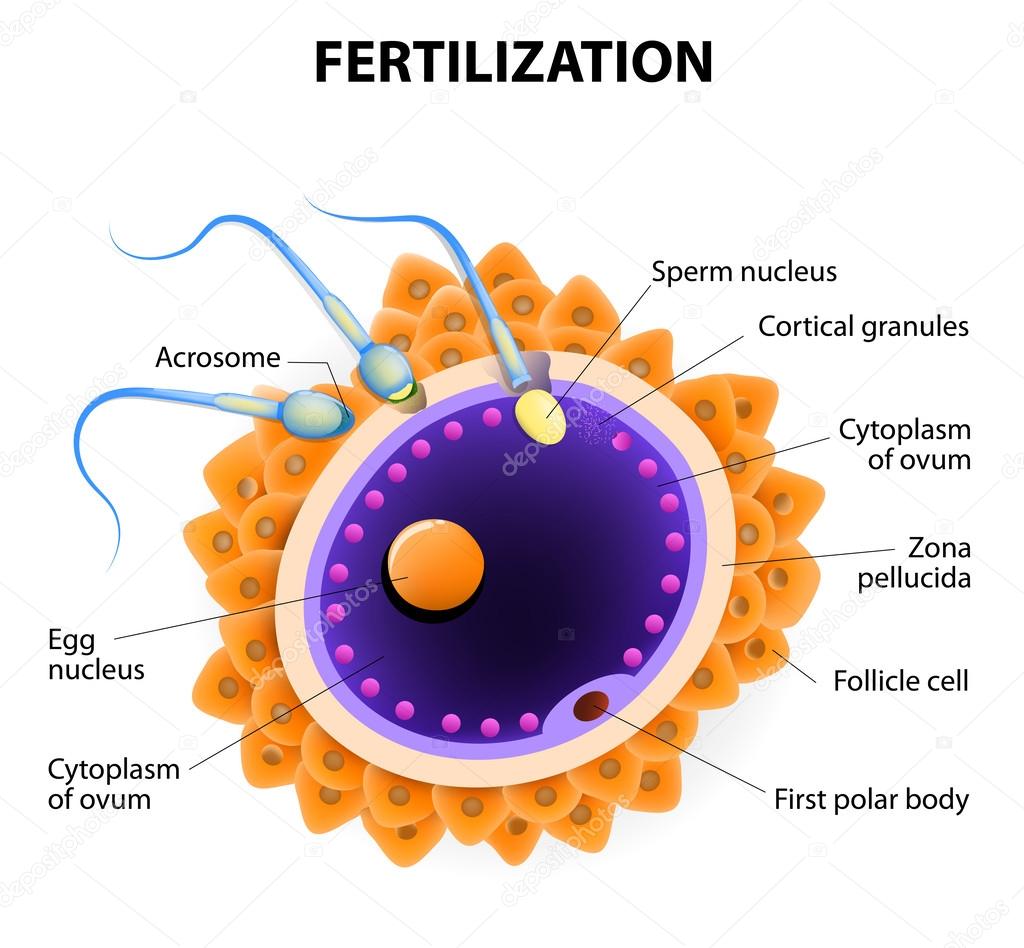All about "The Science of Fertilization: How It Works and Why It Matters"

From Pollination to Fruitfulness: A Resource to Fertilization in Plants
Fertilizing is a crucial process that happens in the life pattern of plants. It is the method by which male and women procreative cells unite, resulting in the buildup of seeds and fruits. Without fertilizing, plants can easilynot produce fruits or seeds, and reproduction can easilynot take area. In this short article, we are going to review the fertilization process in plants, featuring pollination, styles of fertilizing, and aspects having an effect on it.
Pollination
Pollination is the first step in the fertilization procedure. It is the transmission of pollen from the male reproductive organ (endurance) to the women reproductive organ (pistil) of a blossom. There are two styles of pollination: self-pollination and cross-pollination.
Self-pollination takes place when plant pollen coming from a blossom's endurance properties on its personal pistil. This may happen typically or artificially through human interference. Self-pollinating plants consist of peas, grains, tomatoes, and peppers.
Cross-pollination occurs when plant pollen coming from one floral is moved to yet another floral on a various vegetation of the exact same species. This may occur naturally via wind or insects such as honey bees or butterflies.
Types of Fertilizing
Once pollination has happened, fertilizing can take location. There are actually two styles of fertilizing: inner fertilizing and external fertilization.
Interior fertilizing occurs within blooms that possess both male and female reproductive body organs (hermaphrodite). The semen cells created through the stamen trip down to the ovules located at the foundation of pistil where they combine along with egg cells by means of a method called dual fertilization.
External fertilization develops outside blooms where male ovums are discharged into water physical bodies such as oceans or garden ponds to satisfy with women gametes for combination. Outside fertilizers are often aquatic microorganisms such as fish or amphibians.
This Author Having an effect on Fertilisation
Numerous variables can easily affect fertilizing in plants. These feature the accessibility of pollinators, environmental health conditions, and hereditary elements.

Schedule of Pollinators: Pollinators such as bees, butterflies, and various other bugs participate in a vital job in the fertilizing procedure by transferring plant pollen coming from one floral to another. The lack or downtrend of pollinators due to habitat loss, pesticide usage or climate adjustment may have an effect on vegetation fertilization leading to minimized plant yields and also extinction of certain vegetation species.
Environmental Conditions: Ecological health conditions such as temp, humidity, and rains can easily also affect fertilization. For instance, higher temperatures can easily result in plant pollen grains to dry out out or come to be nonviable while low temperatures might conflict with the development of procreative organs leading to unsatisfactory fertilization.
Hereditary Variables: Hereditary factors additionally participate in a part in vegetation fertilizing. Different plants possess different mechanisms for self-pollination or cross-pollination depending on their genetic makeup. Some plants have built special adjustments that permit them to entice details types of pollinators while others depend on wind for pollination.
Final thought
Fertilization is a essential procedure that allows plants to duplicate and generate fruit products and seeds. Without it, we would not possess the wealth of food crops that we enjoy today. Understanding the fertilization method is important for farmers and landscapers who really want to strengthen crop turnouts by means of effective administration strategies such as ensuring appropriate pollinator populations, supplying suitable environmental disorders for development, or choosing suitable cultivars with pleasing attributes.
